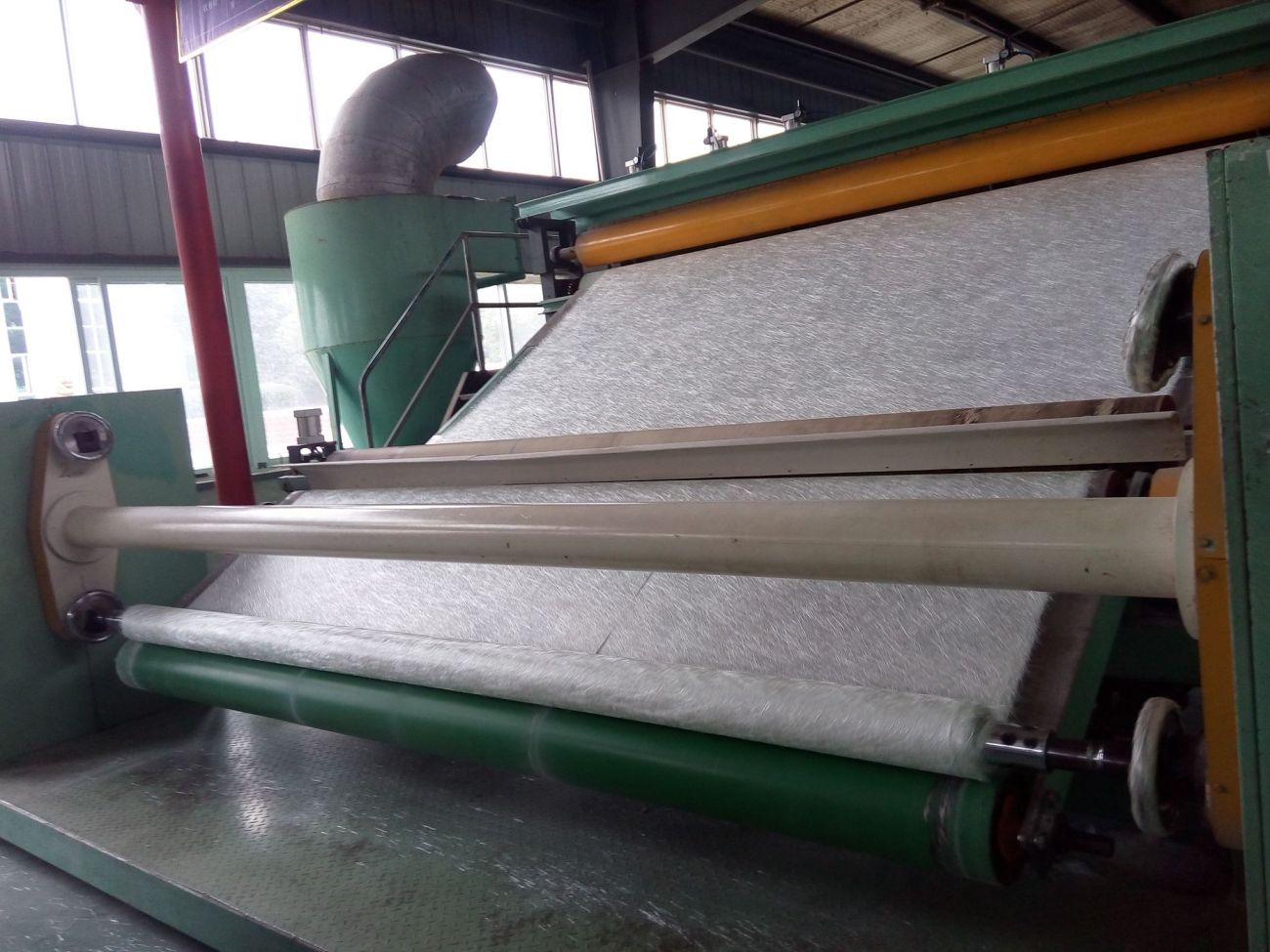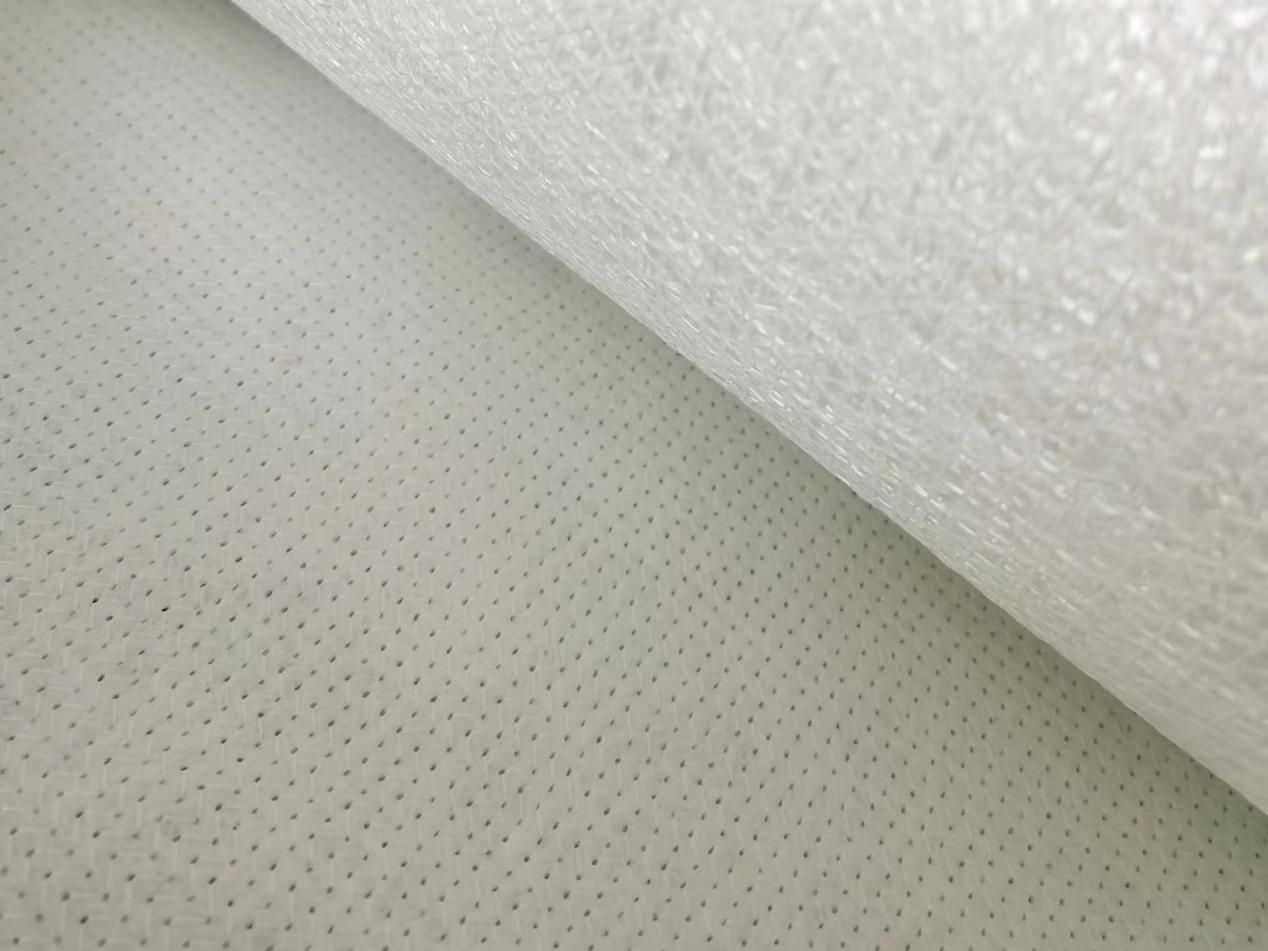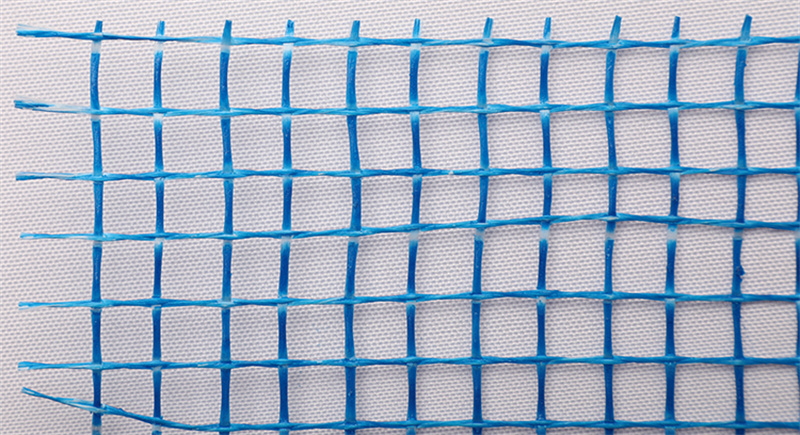Inquiry for Pricelist
For inquiries about our products or pricelist, please leave your email to us and we will be in touch within 24 hours.













For inquiries about our products or pricelist, please leave your email to us and we will be in touch within 24 hours.



